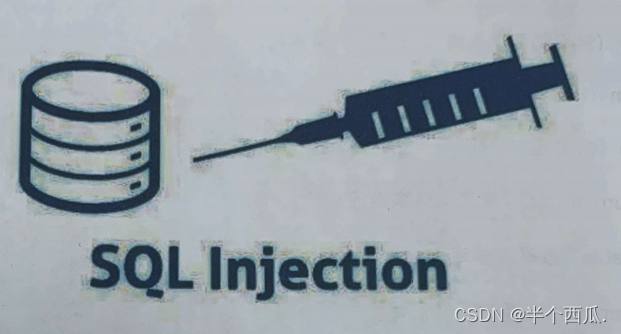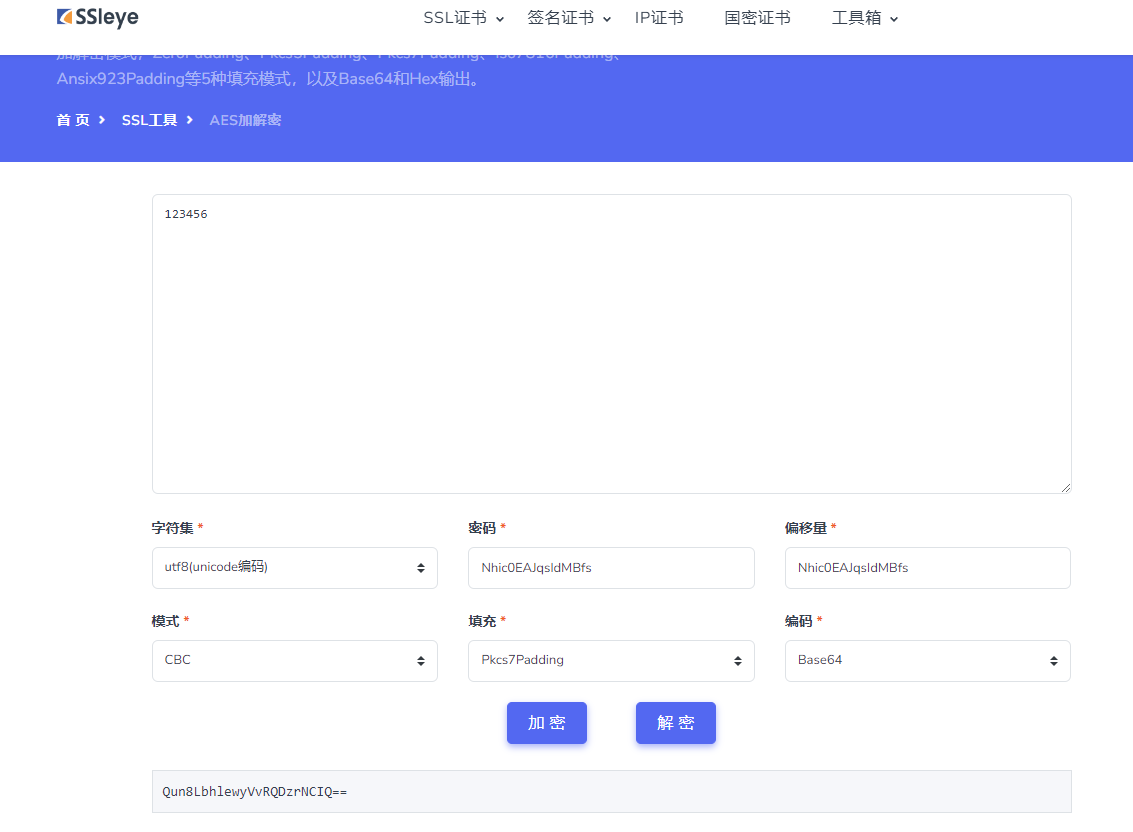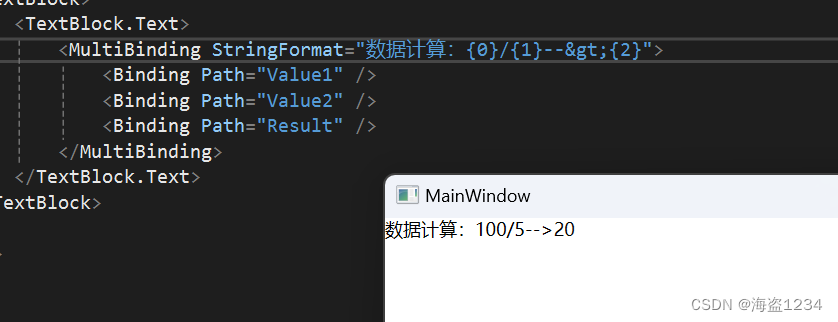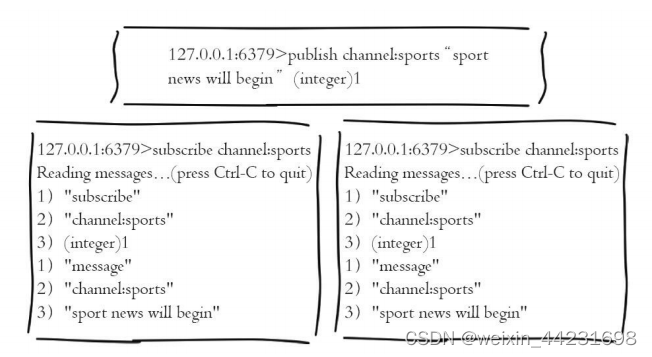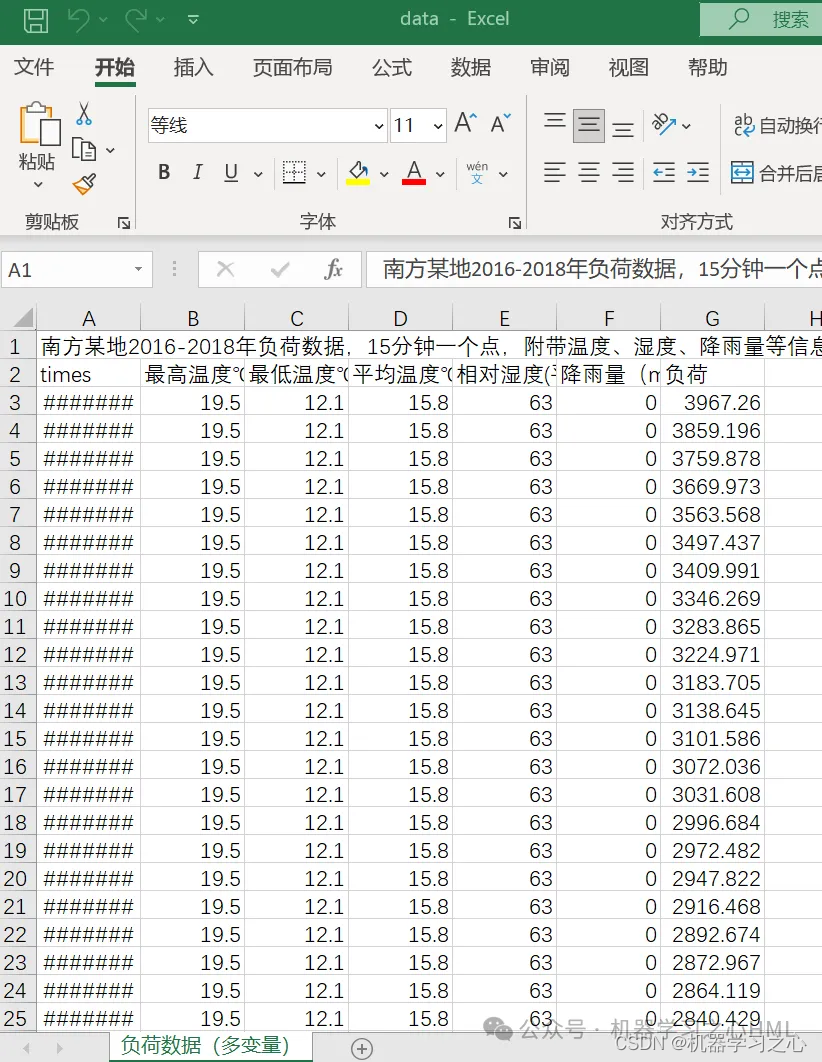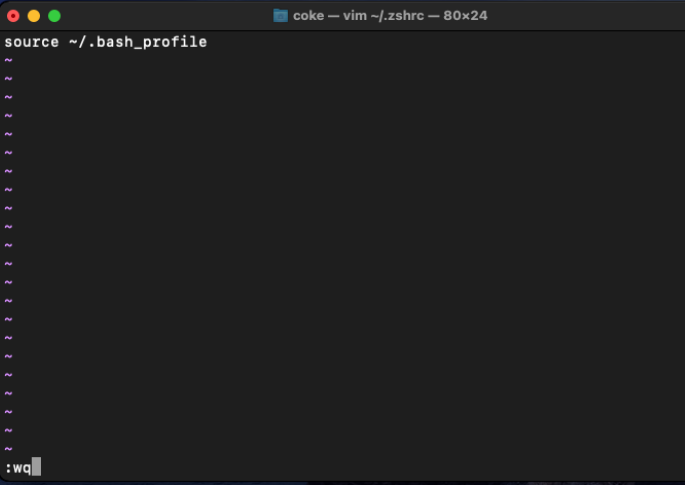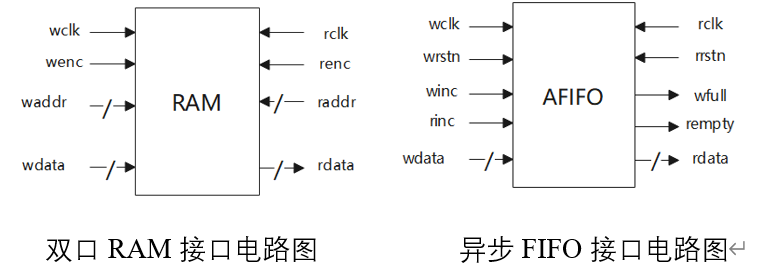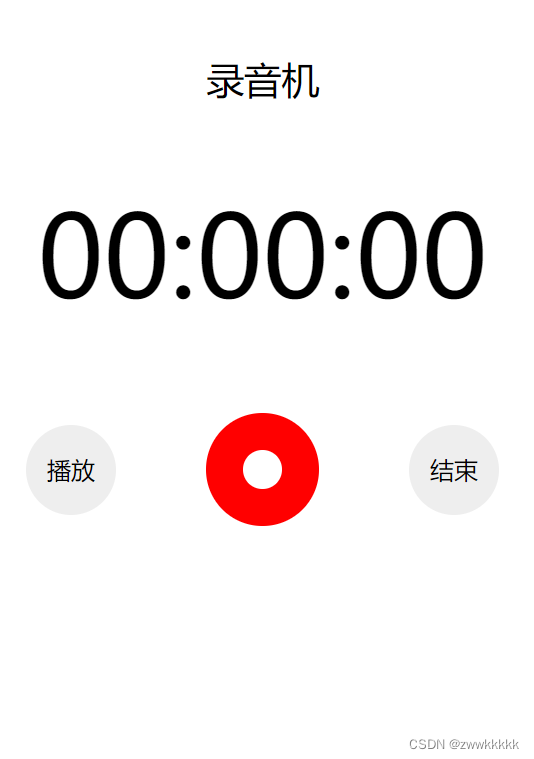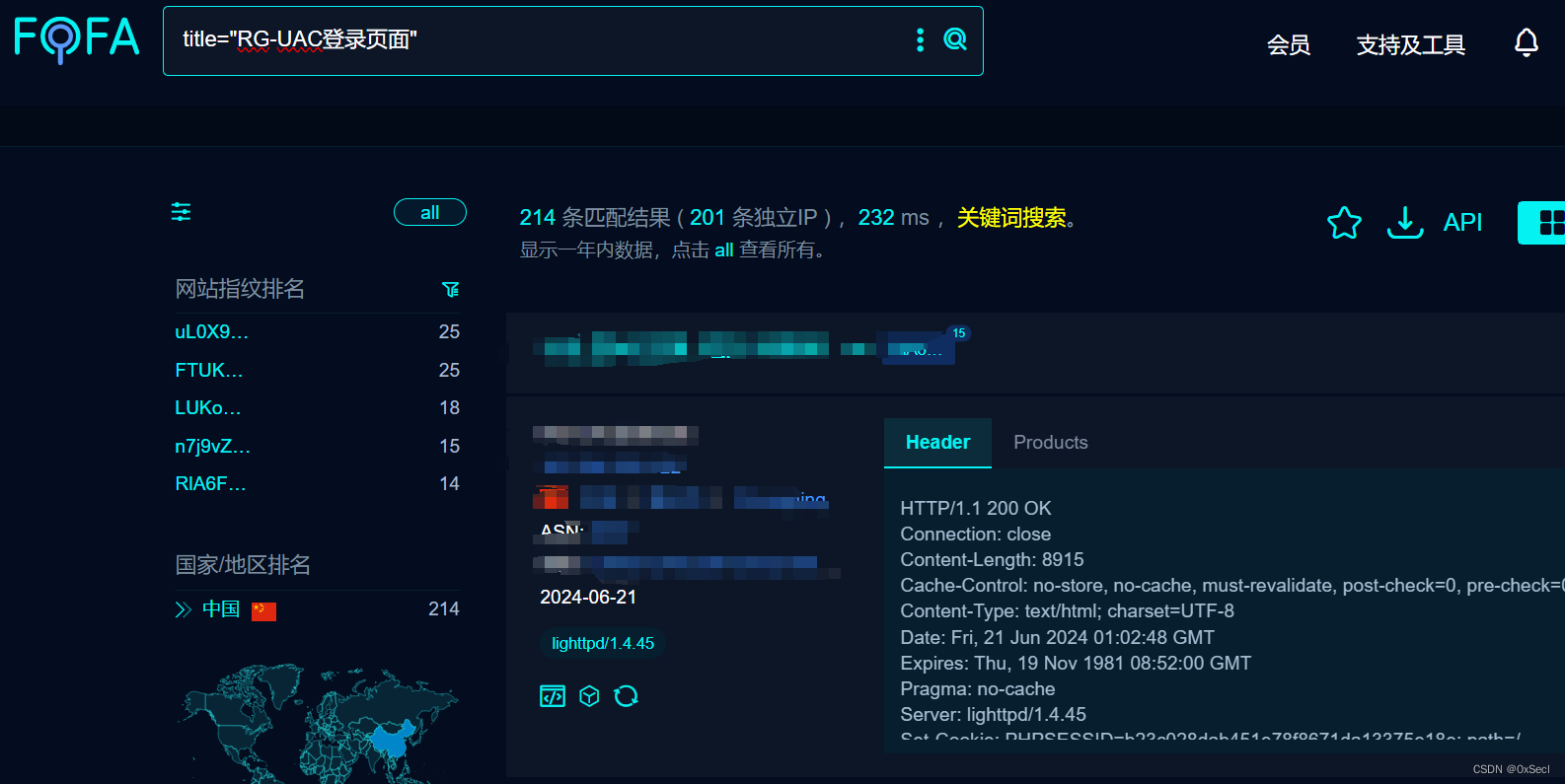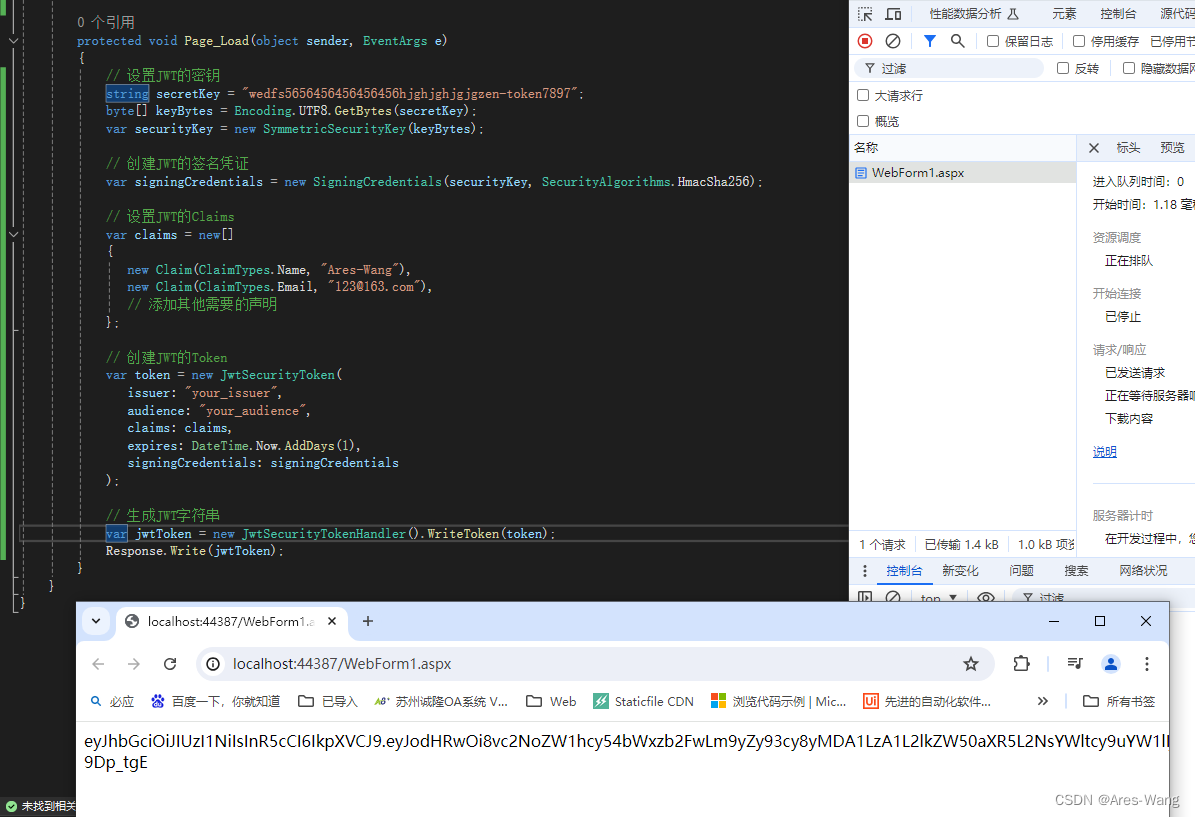- //使用HttpURLConnection打开连接
2.HttpURLConnection urlConn = (HttpURLConnection) url.openConnection();
- //得到读取的内容(流)
4.InputStreamReader in = new InputStreamReader(urlConn.getInputStream());
-
// 为输出创建BufferedReader
-
BufferedReader buffer = new BufferedReader(in); 7. String inputLine = null;
-
//使用循环来读取获得的数据
-
while (((inputLine = buffer.readLine()) != null))
-
{
-
//我们在每一行后面加上一个"\n"来换行
-
resultData += inputLine + “\n”;
-
}
-
//关闭InputStreamReader
-
in.close();
-
//关闭http连接
-
urlConn.disconnect();
如果需要使用POST方式,则需要setRequestMethod设置。代码如下:
1.String httpUrl = “http://192.168.1.110:8080/httpget.jsp”;
-
//获得的数据
-
String resultData = “”;
-
URL url = null;
-
try
-
{
-
//构造一个URL对象
-
url = new URL(httpUrl);
-
}
-
catch (MalformedURLException e)
-
{
-
Log.e(DEBUG_TAG, “MalformedURLException”);
-
}
-
if (url != null)
-
{
-
try
-
{
-
// 使用HttpURLConnection打开连接
-
HttpURLConnection urlConn = (HttpURLConnection) url.openConnection();
-
//因为这个是post请求,设立需要设置为true
-
urlConn.setDoOutput(true);
-
urlConn.setDoInput(true);
-
// 设置以POST方式
-
urlConn.setRequestMethod(“POST”);
-
// Post 请求不能使用缓存
-
urlConn.setUseCaches(false);
-
urlConn.setInstanceFollowRedirects(true);
-
// 配置本次连接的Content-type,配置为application/x-www-form-urlencoded的
-
urlConn.setRequestProperty(“Content-Type”,“application/x-www-form-urlencoded”);
-
// 连接,从postUrl.openConnection()至此的配置必须要在connect之前完成,
-
// 要注意的是connection.getOutputStream会隐含的进行connect。
-
urlConn.connect();
-
//DataOutputStream流
34.DataOutputStream out = new DataOutputStream(urlConn.getOutputStream());
- //要上传的参数
36.String content = “par=” + URLEncoder.encode(“ABCDEFG”, “gb2312”);
-
//将要上传的内容写入流中
-
out.writeBytes(content);
-
//刷新、关闭
-
out.flush();
-
out.close();
2. HttpClient接口
使用Apache提供的HttpClient接口同样可以进行HTTP操作。
对于GET和POST请求方法的操作有所不同。GET方法的操作代码示例如下:
- // http地址
2.String httpUrl = “http://192.168.1.110:8080/httpget.jsp?par=HttpClient_android_Get”;
-
//HttpGet连接对象
-
HttpGet httpRequest = new HttpGet(httpUrl);
-
//取得HttpClient对象
-
HttpClient httpclient = new DefaultHttpClient();
-
//请求HttpClient,取得HttpResponse
8.HttpResponse httpResponse = httpclient.execute(httpRequest);
-
//请求成功
if (httpResponse.getStatusLine().getStatusCode() == HttpStatus.SC_OK)
-
{
-
//取得返回的字符串
-
String strResult = EntityUtils.toString(httpResponse.getEntity());
-
mTextView.setText(strResult);
-
}
-
else
-
{
-
mTextView.setText(“请求错误!”);
-
}
-
}
使用POST方法进行参数传递时,需要使用NameValuePair来保存要传递的参数。,另外,还需要设置所使用的字符集。代码如下所示:
-
// http地址
-
String httpUrl = “http://192.168.1.110:8080/httpget.jsp”;
-
//HttpPost连接对象
-
HttpPost httpRequest = new HttpPost(httpUrl);
-
//使用NameValuePair来保存要传递的Post参数
-
List params = new ArrayList();
-
//添加要传递的参数
-
params.add(new BasicNameValuePair(“par”, “HttpClient_android_Post”));
-
//设置字符集
-
HttpEntity httpentity = new UrlEncodedFormEntity(params, “gb2312”);
-
//请求httpRequest
-
httpRequest.setEntity(httpentity);
-
//取得默认的HttpClient
-
HttpClient httpclient = new DefaultHttpClient();
-
//取得HttpResponse
-
HttpResponse httpResponse = httpclient.execute(httpRequest);
-
//HttpStatus.SC_OK表示连接成功
if (httpResponse.getStatusLine().getStatusCode() == HttpStatus.SC_OK)
- {
最后
小编这些年深知大多数初中级Android工程师,想要提升自己,往往是自己摸索成长,自己不成体系的自学效果低效漫长且无助。
因此我收集整理了一份《2024年Android移动开发全套学习资料》,初衷也很简单,就是希望能够帮助到想自学提升又不知道该从何学起的朋友。
一个人可以走的很快,但一群人才能走的更远!不论你是正从事IT行业的老鸟或是对IT行业感兴趣的新人
都欢迎加入我们的的圈子(技术交流、学习资源、职场吐槽、大厂内推、面试辅导),让我们一起学习成长!
资料⬅专栏获取
果低效漫长且无助**。
因此我收集整理了一份《2024年Android移动开发全套学习资料》,初衷也很简单,就是希望能够帮助到想自学提升又不知道该从何学起的朋友。
[外链图片转存中…(img-fX2spRJ5-1718994024507)]
一个人可以走的很快,但一群人才能走的更远!不论你是正从事IT行业的老鸟或是对IT行业感兴趣的新人
都欢迎加入我们的的圈子(技术交流、学习资源、职场吐槽、大厂内推、面试辅导),让我们一起学习成长!
资料⬅专栏获取
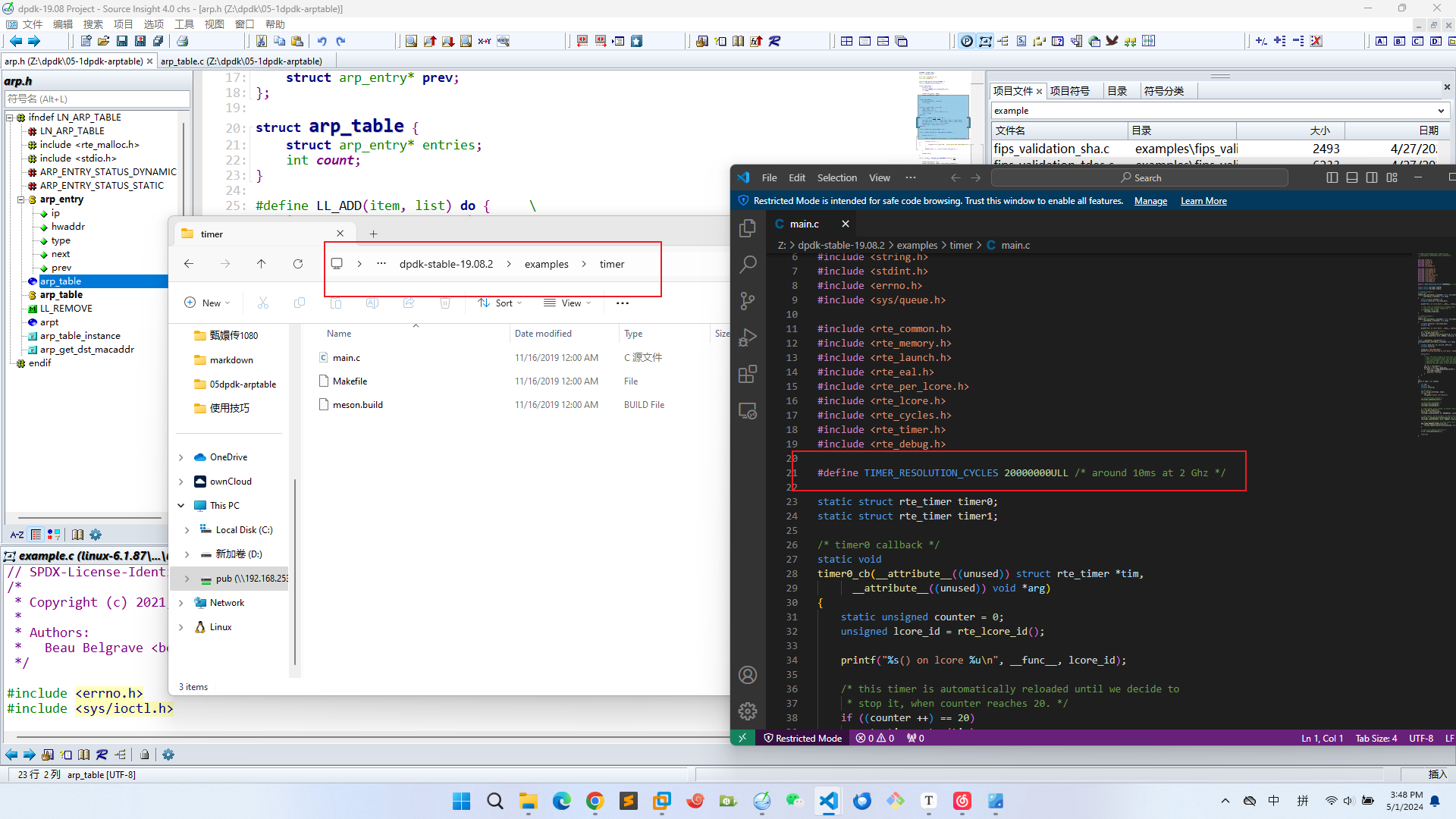
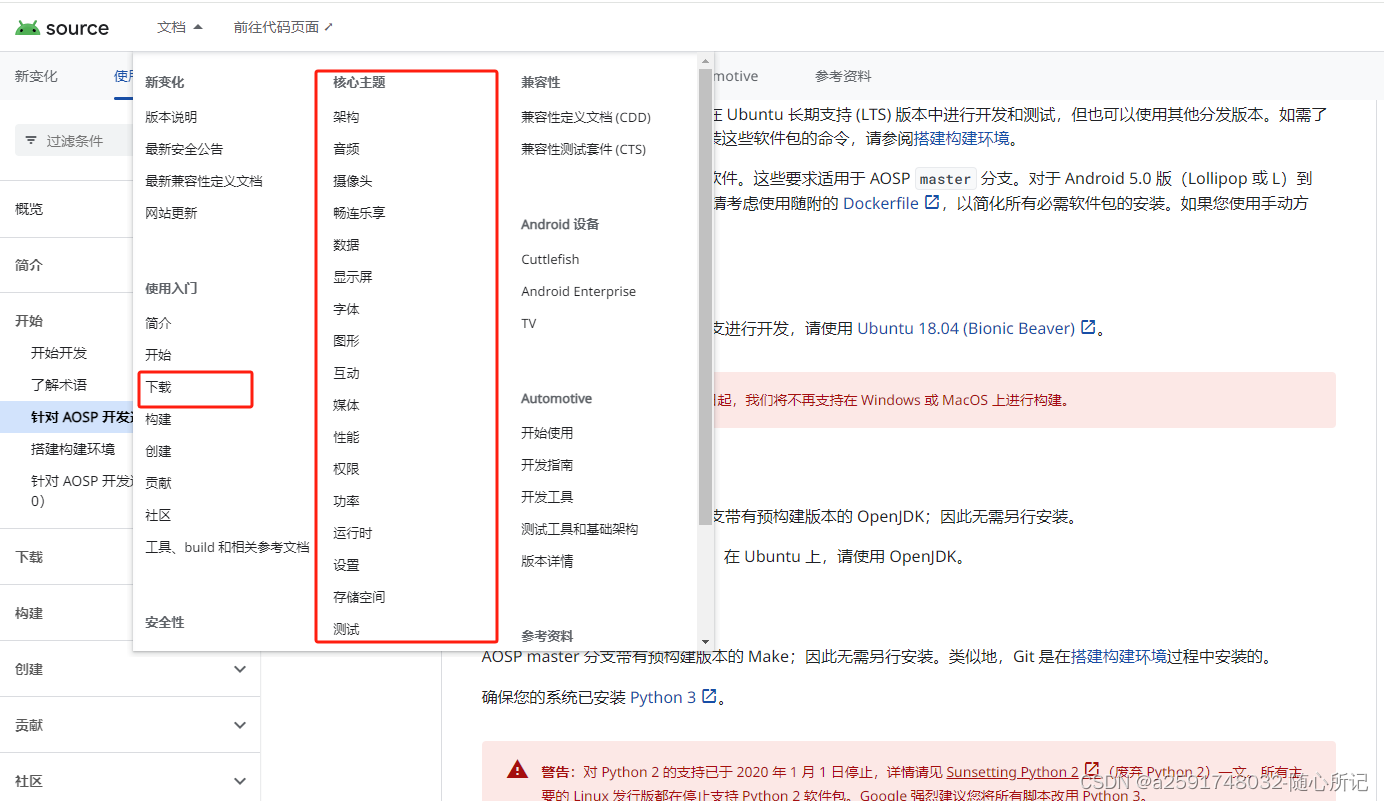




![[C++][数据结构][跳表]详细讲解](https://img-blog.csdnimg.cn/direct/041dd1f0035442a9a2020cf639326eea.png)
